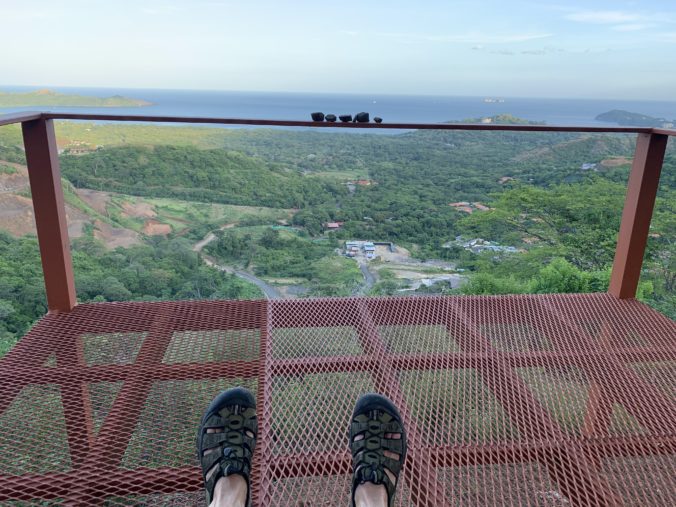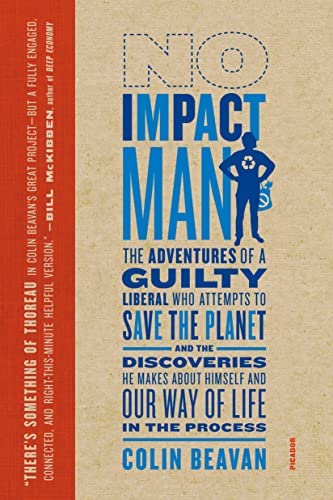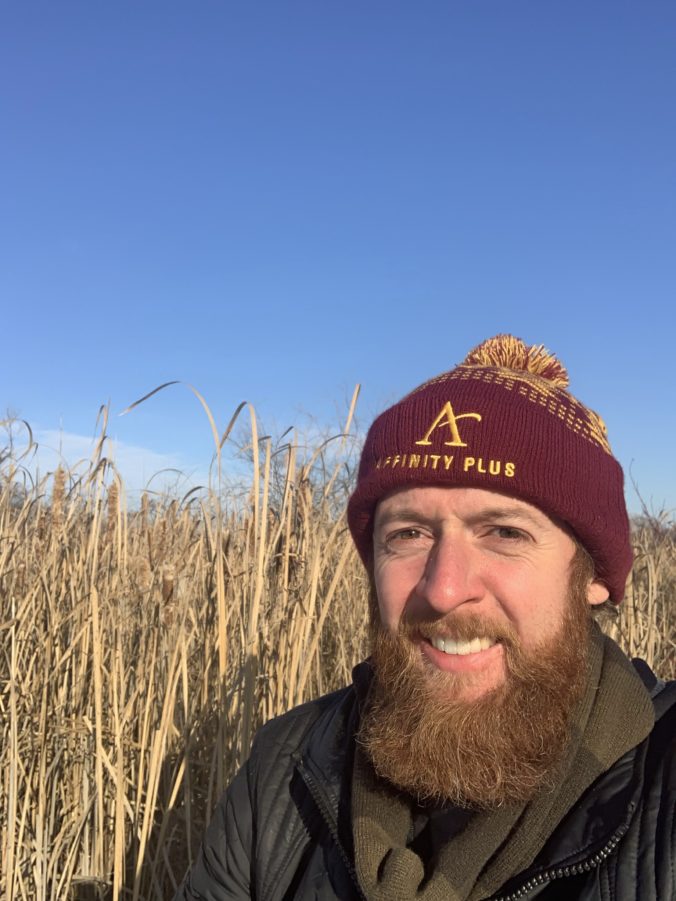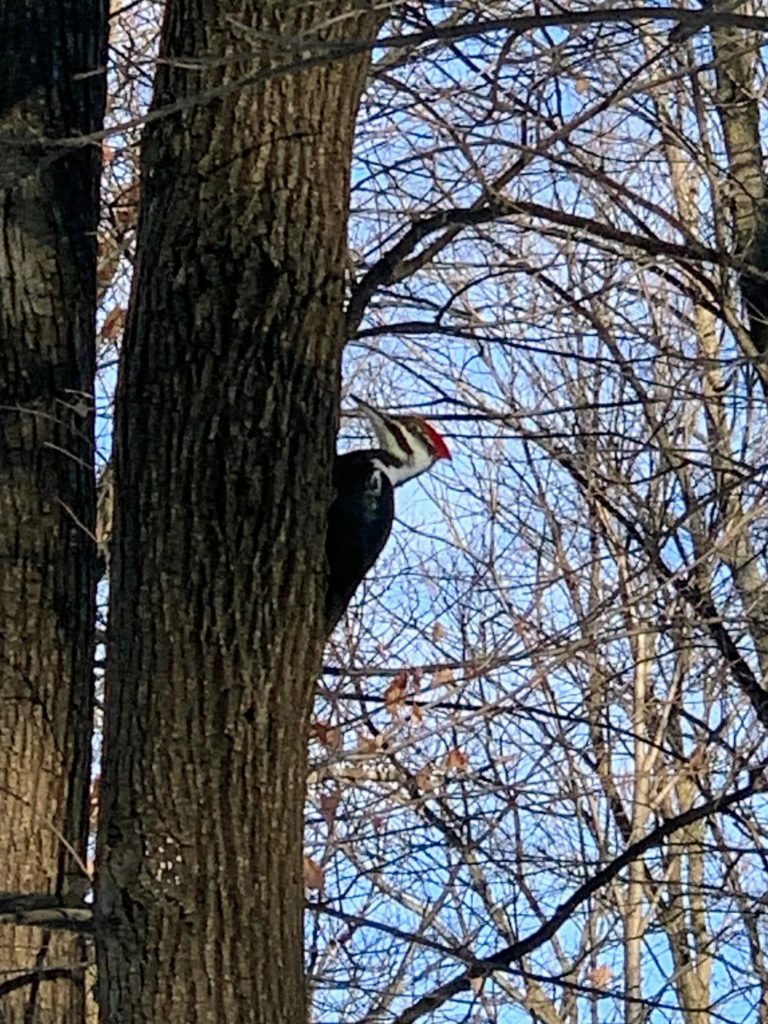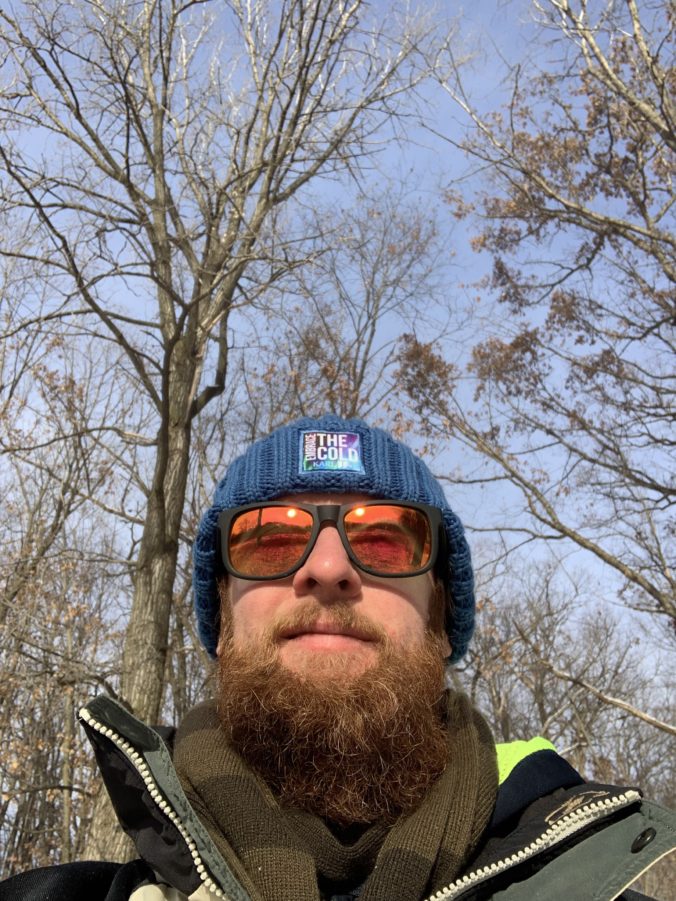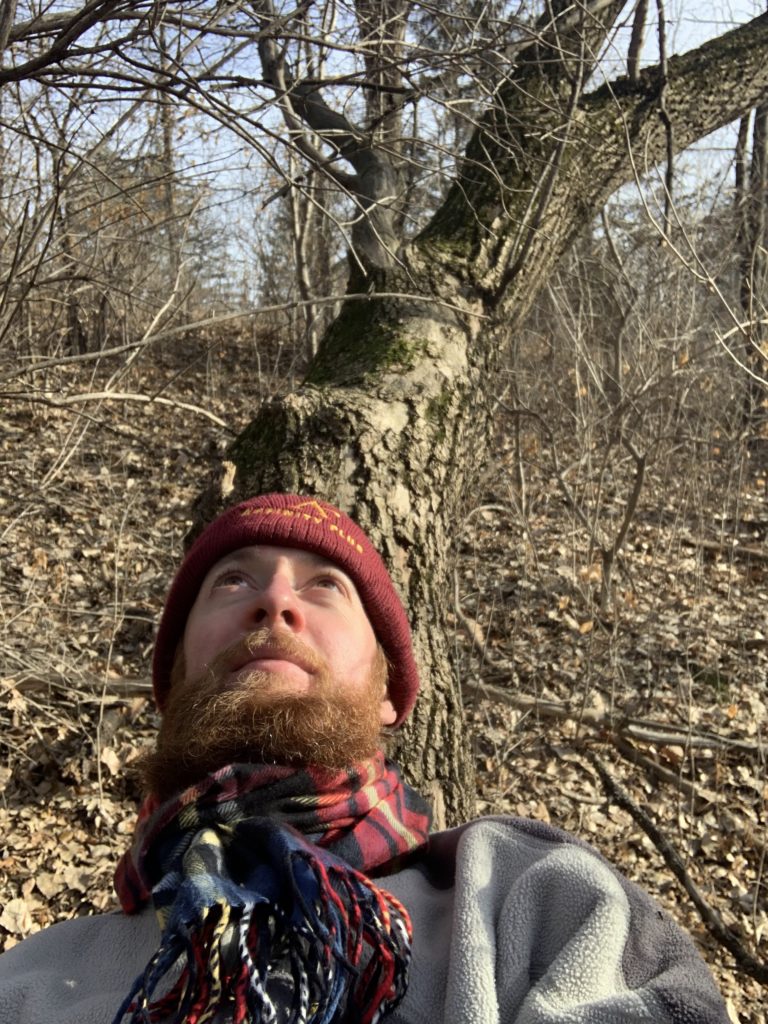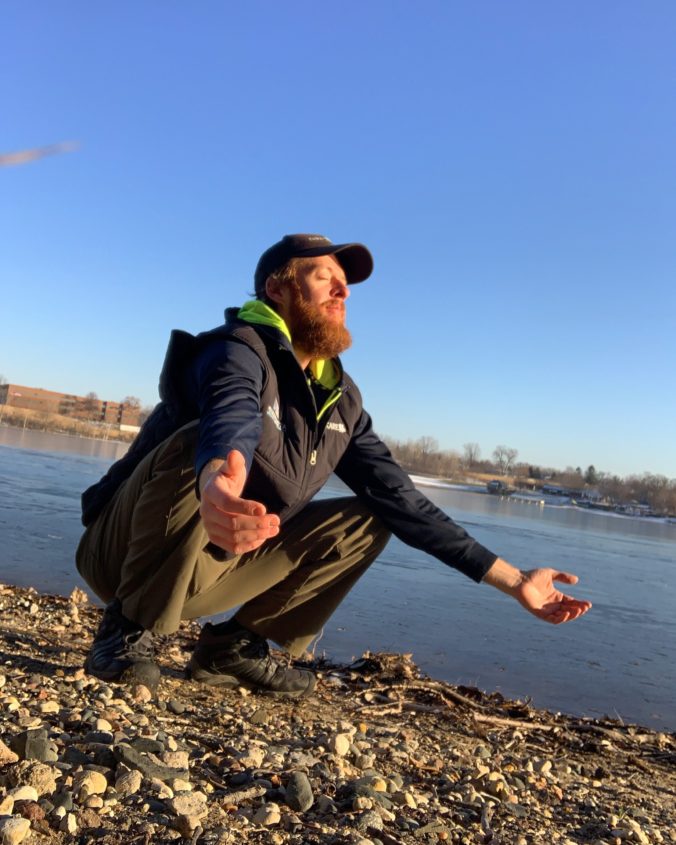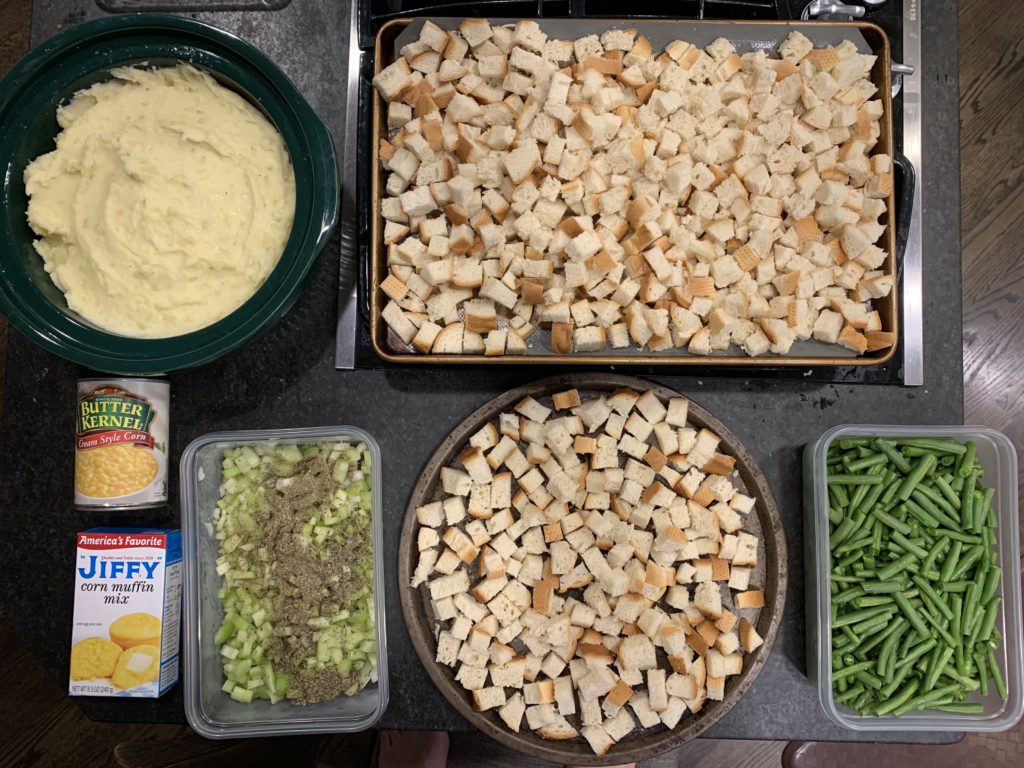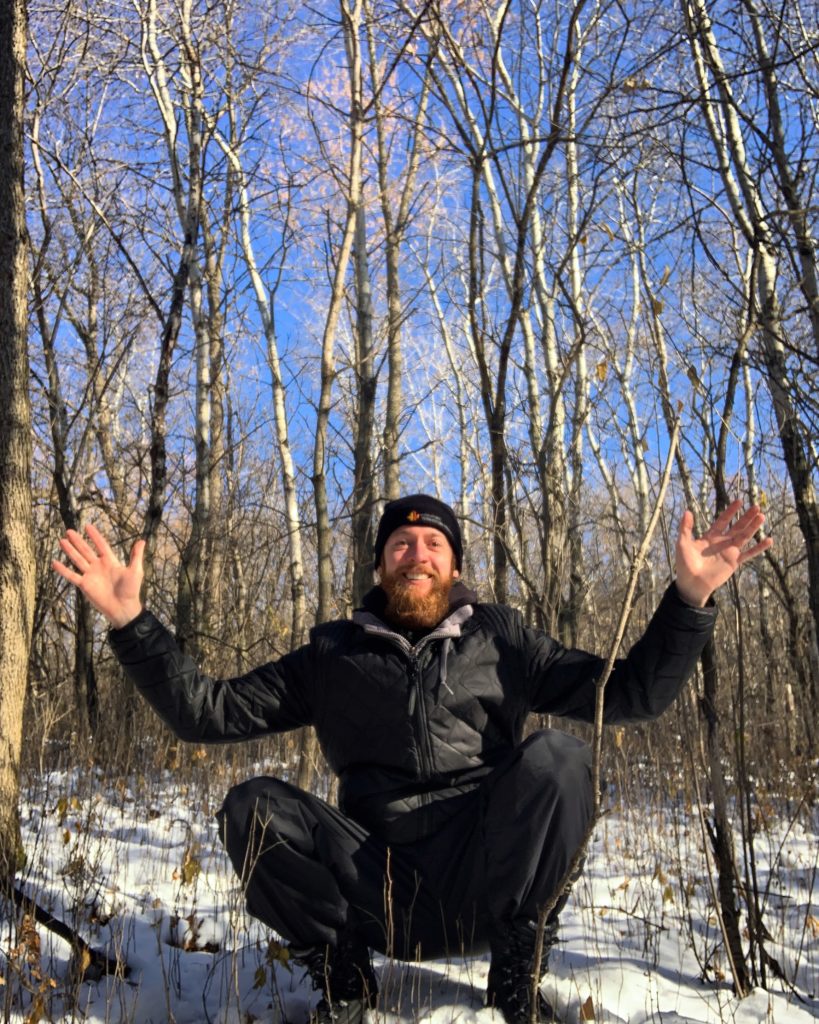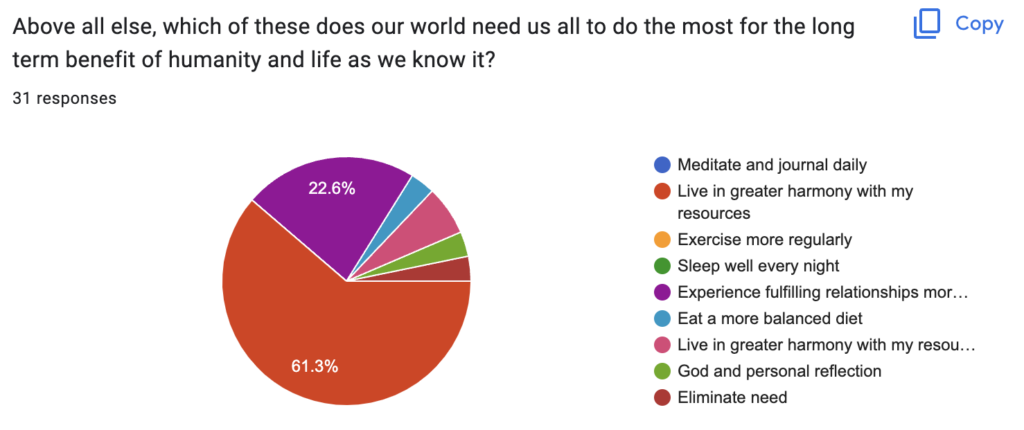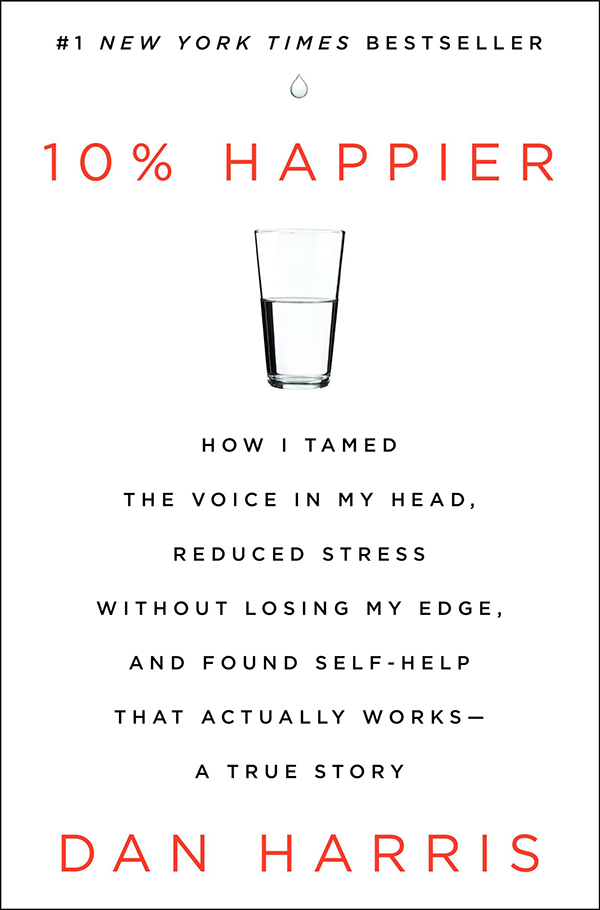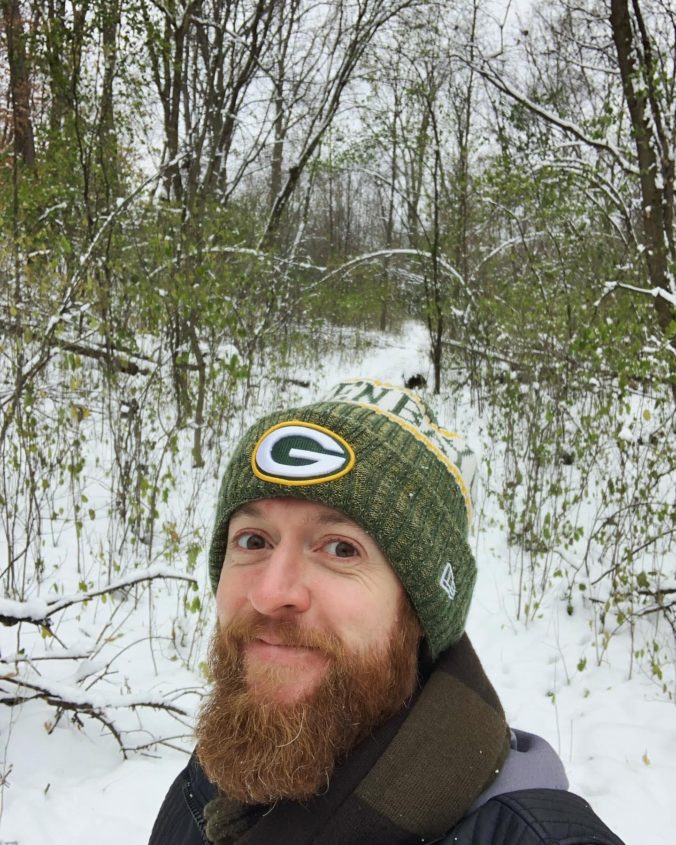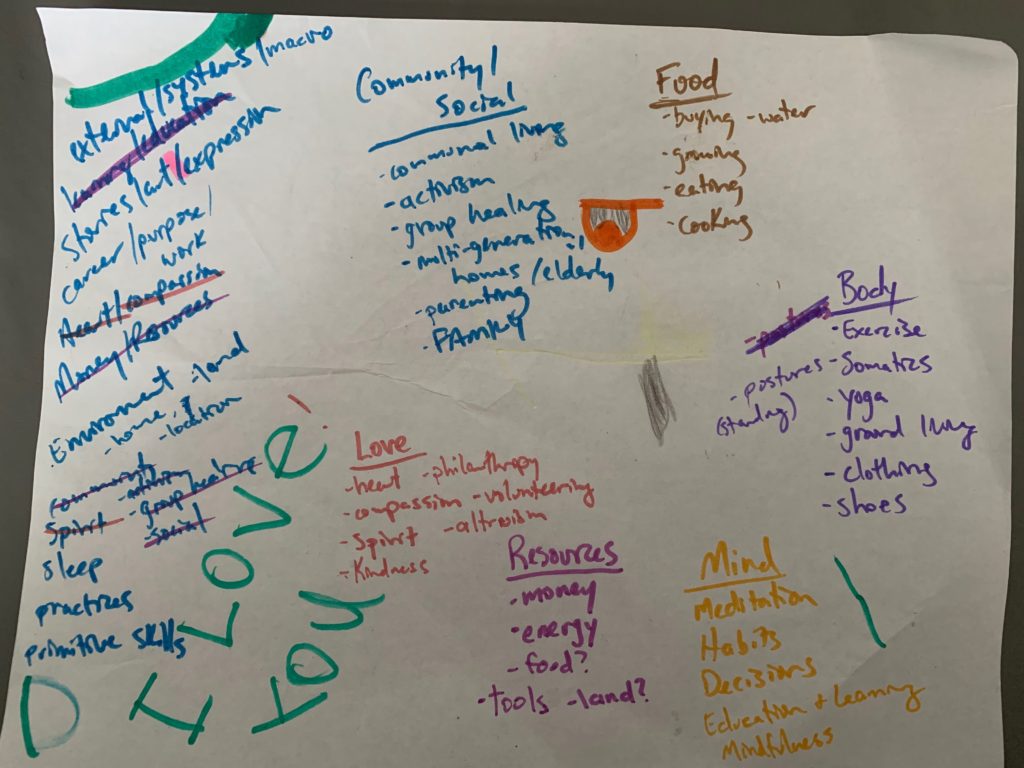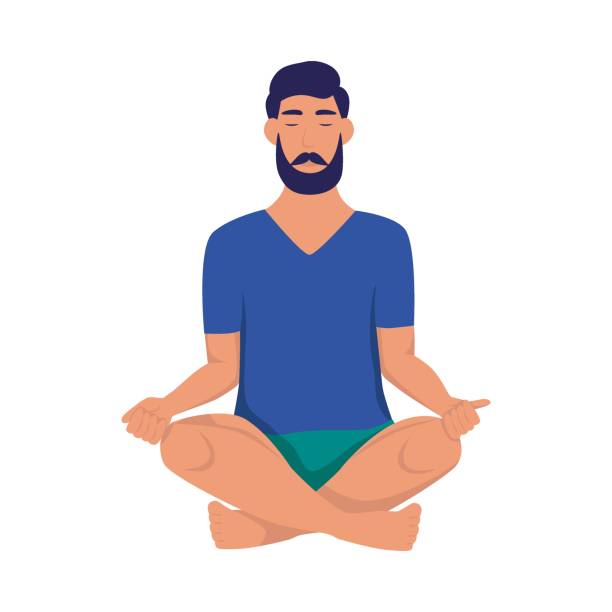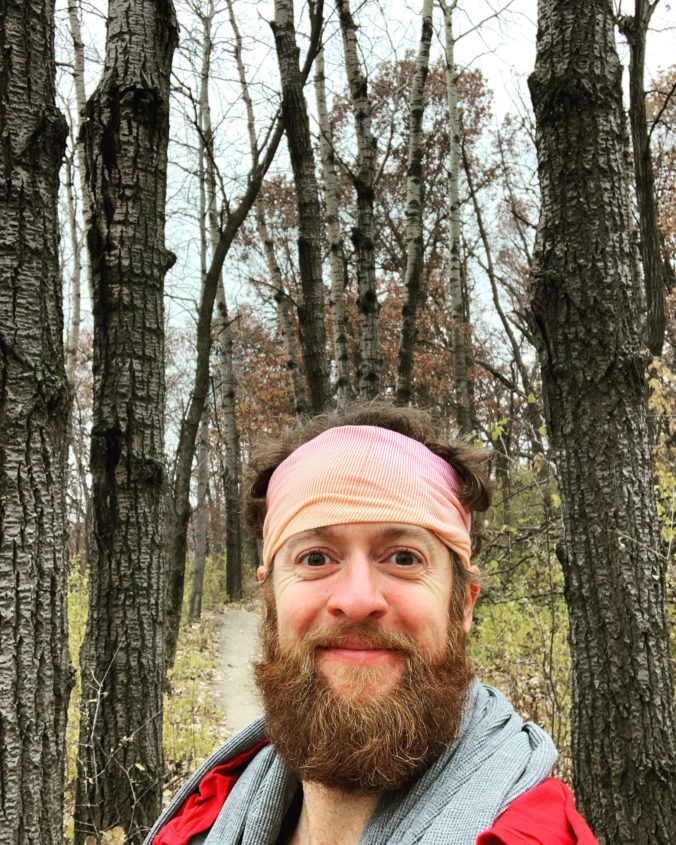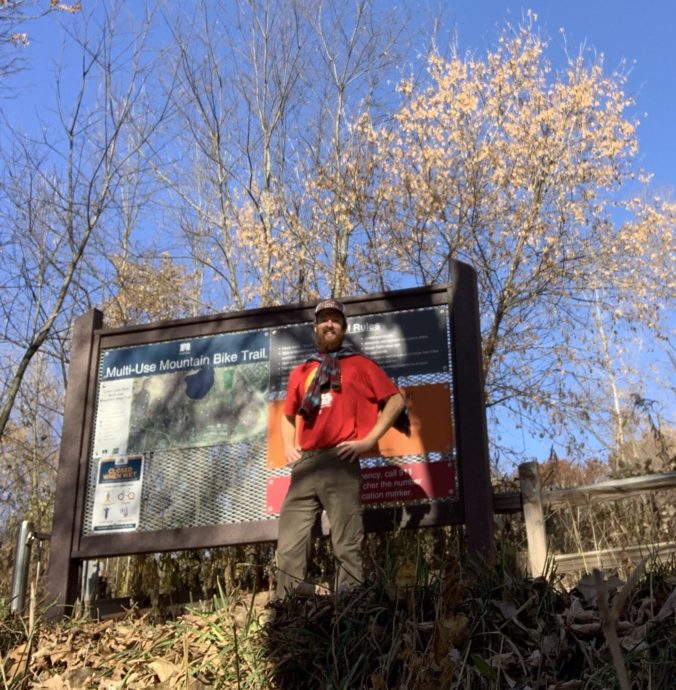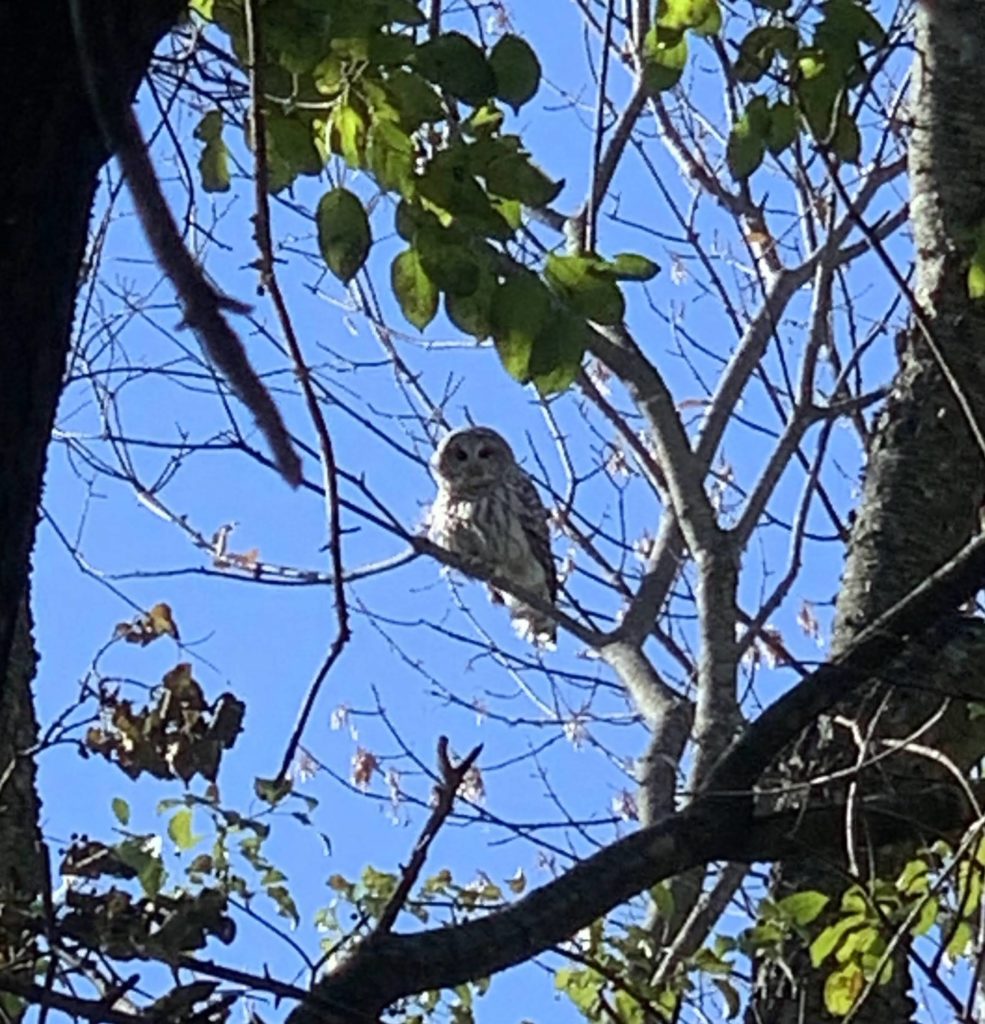We made it. Ten years ago, Kristyn and I were talking about what it would be like to start a family, and we agreed that, at some point, living in another country with our kids would be a good idea. Five years later, we took our two tiny humans on a vacation/research trip to Brasilito in Costa Rica, and we decided on the last day of the trip that this place would be our future home. Five years after that (which is right now for those who haven’t been doing the math), we’ve arrived at our new home in Costa Rica. So, in a big way, we made it. As I type this, I can see the Pacific Ocean, I hear dozens of tropical birds singing, and I can feel the warm, salty breeze of a Costa Rican morning on my skin.
An onlooker might think, “Wow, you’ve made your dream come true!” In many ways, that is true. We had a vision and have taken many steps, both big and small, to turn that vision into reality. And yet, despite having “made it” here, the sense of “dream come true” hasn’t landed. Sure, I’ve had moments of bliss over the last few days, such as watching my kids splash around in ocean waves or taking an early morning hike up the nearby mountain to a majestic view of a tropical valley with two gorgeous beaches in the background. In between these moments, though, I’ve had this underlying sense of stress and anxiety. It takes work to set up a new life! And when you have kids in the mix and school hasn’t started yet, efficiency is but a myth. The vision isn’t fully realized yet, because in order to live the lifestyle I’m hoping to live, a life with the freedom of time, time that can be spent however I want, I first have to figure out how to eat, sleep, and survive in a new place.
These have been the themes of my first week in Costa Rica:
EVERYTHING IS A PUZZLE
There’s a lot of puzzle energy in this first week. I love puzzles, but this is a bit much even for me. I imagine this is similar to what it feels like to be a young kid, where so many of life’s experiences are new and need figuring out. It’s exhilarating, confusing, and frustrating all rolled into one. How do I navigate these grocery stores with new items in a foreign currency and language? Once I’ve bought stuff, how do I use this kitchen to prepare food in a way my kids will tolerate it? What are our rules around the pool? How do you get gas into your car? How do you buy a car? Why doesn’t our hot water work? What does this red button on the garbage disposal do? Are the pots and pans going into this drawer or that drawer?
It’s fun having the opportunity to make these choices and set things up the way I want. It’s also daunting and draining having to make so many decisions about every little thing.
Remember when COVID first happened, and all the things you used to do on cruise control – going to work, taking your kids to school, buying groceries – suddenly got disrupted, and a whole new set of decisions needed to be made about how to do all those things? I do. And what I remember about all of that was, among other things, decision fatigue. Am I supposed to wear gloves to the grocery store? Do I need to disinfect these oranges? How do you disinfect oranges? How are we going to work with the kids at home? How can I fix my back after I wrecked it from sitting on this dining room chair to do work all day? There are tons of brand new decision trees to navigate here in Costa Rica, and while my current set of forks in the road are a bit more fun to deal with than the COVID ones, it still has a flavor of that decision fatigue energy.
The way I’ve been getting through the puzzles and the fatigue is to remind myself of two things. One- the decisions aren’t permanent. They aren’t forever. Just because I put the cups in this cupboard today doesn’t mean they must now reside there for all eternity. Remembering that things can be changed, and in fact all things do change, has really helped me at many steps of this journey, from making the leap out of the workforce to choosing where I want to store my toothbrush. Two- there is no “right” answer. I couldn’t list all the ingredients that have gone into the personality programming cocktail that’s led me here, but man the desire to get things “right” is deeply embedded in my fibers. But when you’re trying to decide between two different brands of refried beans, neither of which you can pronounce, the truth is there is no right choice. When you’re deciding whether the shirts will go in the middle drawer or the bottom drawer, neither one of those is the correct option. Either choice will work, they both just come with a trade-off. There are no wrong choices; there are only trade-offs.
This is a lesson that cemented itself for me on a canoe trip I took to the Boundary Waters of Minnesota, where my companion and I took a wrong turn and had to choose whether we’d double-back or charge ahead into the wilderness to the next lake beyond. We chose the path less traveled (a story about which I’ll be writing more fully in the near future), which was extremely difficult and presented many hard choices about how to get our heavy packs and canoe through a trail-less forest filled with thick brambles and hidden snow patches three feet deep, but through all of it I learned that no choice we made was the wrong one, it just came with a trade-off.
That I learned a lesson in my past life which is helping me in my current situation leads me to the next theme of the week.
I’M IN OVER MY HEAD, BUT I’M PREPARED
I have no clue what I’m doing. There’s no book for how to do this. Sure, there are blogs and YouTube channels and Facebook groups and people in my network that have all explained how to move to another country, but there’s no book for how to move my family in my situation to my exact place in Guanacaste. I’m in way over my head.
And yet, I feel oddly prepared. It feels like my whole life has been preparing me for this week. All the camping trips I’ve been on have taught me: how to get by with little, that I need to bring my water bottle everywhere, how to use rope, one can always use more rope, and what to do when you run out of rope. Driving my first car when I was sixteen, a manual VW Jetta, prepared me to drive my new (used) stick-shift truck on these pothole-ridden, hilly Costa Rican roads. When I was in my 20’s and running my own business I first encountered Google Sheets, and with all the house projects I’m trying to keep track of now, I knew exactly how I’d keep the work organized. Every meal I planned in Minnesota has helped me to identify which foods in this foreign grocery store I can prepare in an agreeable way for my kids. The couples therapy sessions Kristyn and I have done have enabled us to get through the many stressful scenarios of the move not by biting each other’s heads off but by making little micro-moments of affection and contact nutrition. I’ve never navigated this pool before (we have a pool), but I’ve dealt with my kids bickering before, so I knew that once they started bugging each other in the pool, it meant that they just needed a new spin on their activity. Grab a couple plastic cups from the kitchen and BOOM – a new pool toy, and another half hour, is found. After I burned my hand on the roasting pan in this new kitchen because we don’t have any hot pads or oven mitts yet, I knew the right course of action was to hold some ice cubes because of the time I was a pre-teen waiting in the car for my mom to run into a store in the middle of winter, and I decided it would be a good idea to see how hot the cigarette lighter got after just a few seconds of heating up by touching it with my finger (and then immediately opening my door and shoving my hand into the nearby snowbank).
I have no clue what I’m doing here, but I know what to do.
GENEROSITY OF KIDS
One evening, as we returned to our neighborhood from an afternoon at the beach, one of our neighbors had set up a lemonade stand at an intersection. Their sign read “Free/Libre Lemonade!” We stop, accept their free lemonade, and strike up a conversation. Our kids offered them the couple of coins they had, but the neighbors wouldn’t accept money – they were just having fun giving out lemonade to people. After a few more minutes of chatting (the adults through the driver’s window and the kids through the rear window), our kids offered to give the only other thing they had in the car – their very prized iPod Touch (that has never had a battery charge because we don’t have the charger. They just like pretending it’s a phone/camera). They unhesitatingly gave it to kids they just met. Our kids have spent countless hours playing with this dead iPod Touch. They’ve “talked” to their best friends on it, they’ve jammed to “music” with it, they’ve bickered and fought over who was getting the next turn with it. But in this moment, this moment where they had received something for free, their response was to give back.
I noticed how this act, this giving away of (what I thought was) a prized possession, triggered me. My mind immediately went to thoughts like, “You’re going to regret that” and “Don’t you realize how much you play with that?” and “You do know how few toys we have right now, don’t you?” I kept these thoughts to myself and traded them for a deep breath. And in the space of that one deep breath, I realized – my kids probably do know how few toys they have, and they do remember how much they’ve played with it, but the thing that’s more important to them in this moment is being able to give. It’s having the ability to do a kindness to their new neighbor, to begin a new friendship, to get that warm fuzzy feeling one gets after sharing with someone else.
We live in a time of such abundance, and I live such a fortunate life to want for nothing, and yet I still have such strong attachment to material things. I can’t let my pre-programmed, learned scarcity mindset get in the way of my children’s innate generosity. If I can just trust my kids’ instincts, they will show me the way to live a richer life.
BALANCING PRODUCTIVITY WITH FUN
We only have one more week until our kids start school. In a “normal” year, this would be our family vacation time. But it’s not a normal year. We have a whole life to set up. Yet at the same time, we have to get through, and hopefully enjoy, each day as it comes and goes. Striking this balance is proving difficult. I wake up every day not with the joy of living in a beautiful place nor with a sense of pride or achievement for having made it here, but instead I wake with a pit of anxiety in my stomach and chest of the overwhelming quantity of projects that need tackling. It’s an exercise of prioritizing and balancing. Which projects desperately require our immediate attention and which ones can wait until school starts? How can I start living the carefree Costa Rica life I’ve been dreaming about for years even amidst a long list of to-do’s?
How many of my “needed” projects, though, are simply for seeking more comfort? Do we really “need” a rack for our shoes? How elaborate does that shoe rack need to be? This is one of the gifts and challenges of my experience moving to another country. Some of my project goals have more practicality than others, but it’s worth asking myself how useful these wants of mine really are.
The kids are such helpful teachers in this exercise. They offer constant reminders to enjoy the moment right now, not to worry about the times ahead, to sink into the bliss of presence and play and connection with each other.
There are two guys cleaning mold out of my bathroom cabinet right now. There are five other guys building a guest bedroom addition to our house. I can’t communicate with them without the help of Google Translate. I’ve got five different lists of projects I’m trying to populate. And meanwhile my kid is entertaining herself in the pool, using the resources she has at her disposal, and, with a pool noodle, a cup, a pair of goggles, and a leaf, created “Mr. Noodle,” her new pool friend, and she’s giggling hysterically.
Kids find ways to play no matter how much or how little you have.
On that note, it’s time to go play.
